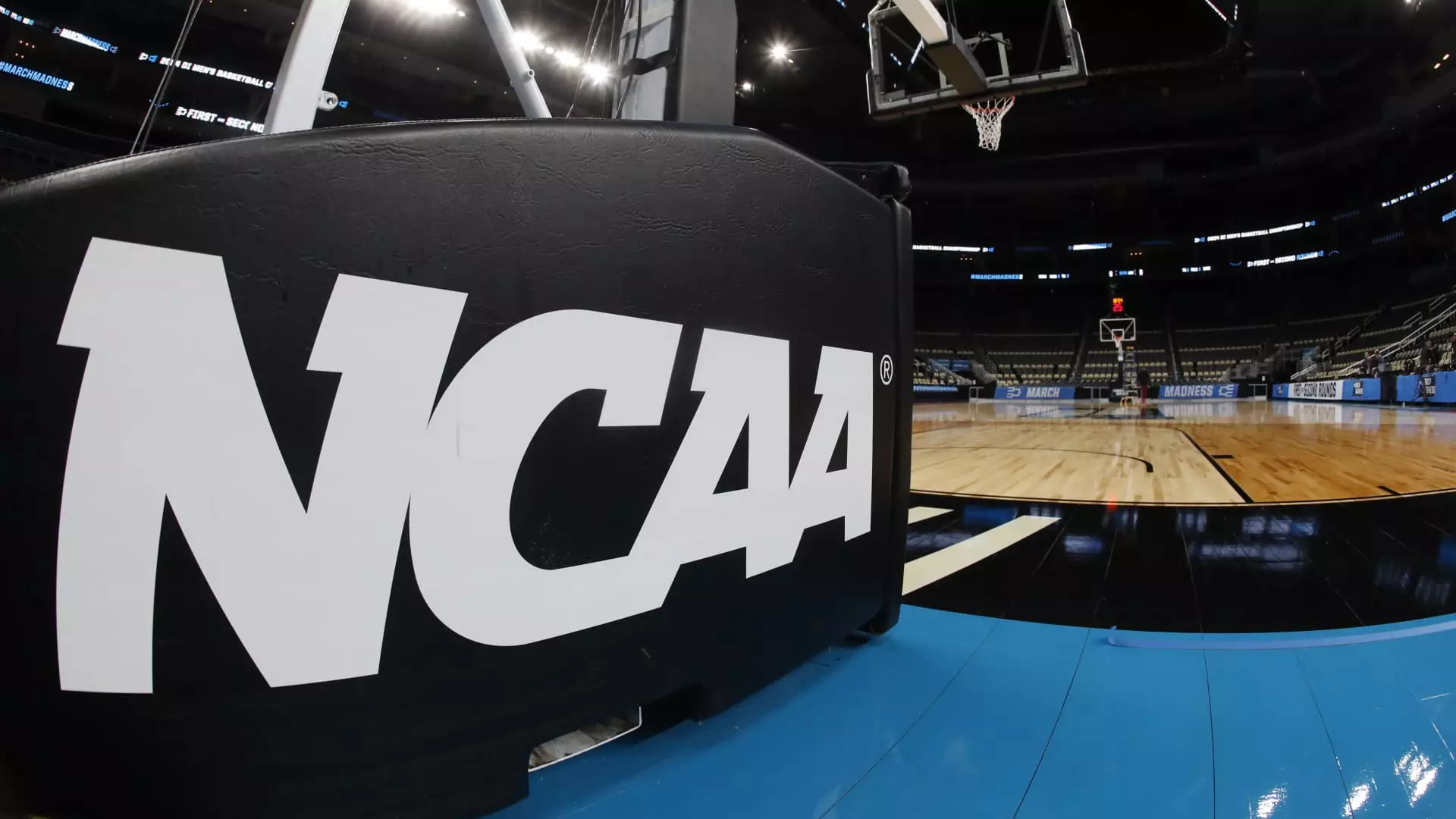On a significant Thursday, the National Collegiate Athletic Association (NCAA) implemented an updated policy limiting the participation of transgender women in women’s sports. This move arrives in the wake of a contentious executive order signed by former President Donald Trump, which threatens to withdraw federal funding from educational institutions that permit transgender women to compete. This policy has sparked considerable debate, highlighting a growing divide in how gender identity is perceived and acknowledged within the realm of competitive sports.
Under the NCAA’s new directives, athletes assigned male at birth can still practice with women’s teams and access related benefits, including medical care. However, these athletes are barred from formal competitions in women’s categories. Meanwhile, any participant assigned female at birth who utilizes testosterone or is undergoing hormone therapy is similarly excluded from women’s competitions. This shift starkly contrasts the NCAA’s previous approach, which adhered to Olympic standards and allowed a degree of flexibility in adherence to individual sports’ governing body regulations concerning transgender athlete participation.
In response to the policy changes, NCAA President Charlie Baker emphasized the organization’s commitment to establishing consistent eligibility standards across the board. Baker’s assertions reflect an institutional drive for uniformity in a landscape muddied by varying state laws and judicial interpretations of gender identity.
The repercussions of this new ruling extend beyond the immediate landscape of sports. Critics, including prominent trans rights advocate Chris Mosier, highlight the inherent risks of framing gender solely through a binary lens. Mosier’s concerns underscore how such policies can negate the realities of nonbinary and gender-diverse individuals, further marginalizing those who do not fit neatly into traditional classifications. Moreover, these regulations could also inadvertently affect intersex individuals and those who might require hormone therapies for legitimate health issues, complicating the narrative of inclusion in sports.
This approach presents a troubling reflection of broader societal attitudes towards gender and identity. It raises important questions about the definitions of fairness, inclusivity, and what it means to be allowed a voice in competitive spaces. The intersection of sports and identity has never been a simple one, but as governing bodies like the NCAA grapple with these evolving discussions, their decisions will undoubtedly ripple through various sectors of society.
As discussions progress, it remains to be seen how this policy will affect the landscape of collegiate athletics and the personal experiences of transgender student-athletes. While some advocate for stringent regulations to protect traditional female competition, others argue that an inclusive approach is essential for everyone involved. The NCAA now faces the challenge of reconciling these divergent views while ensuring that all athletes are respected and valued for their contributions to sports.
This pivotal move by the NCAA set against a backdrop of political maneuvering reveals a critical moment in the ongoing dialogue about gender identity in athletics. With mounting pressure from various stakeholders, the path forward will be scrutinized closely, highlighting the continuing need for discourse on equity and fairness in competitive sports.

